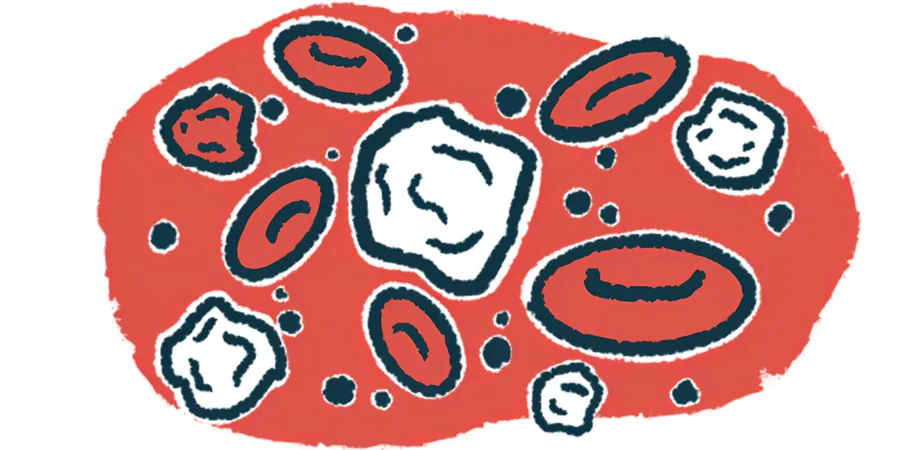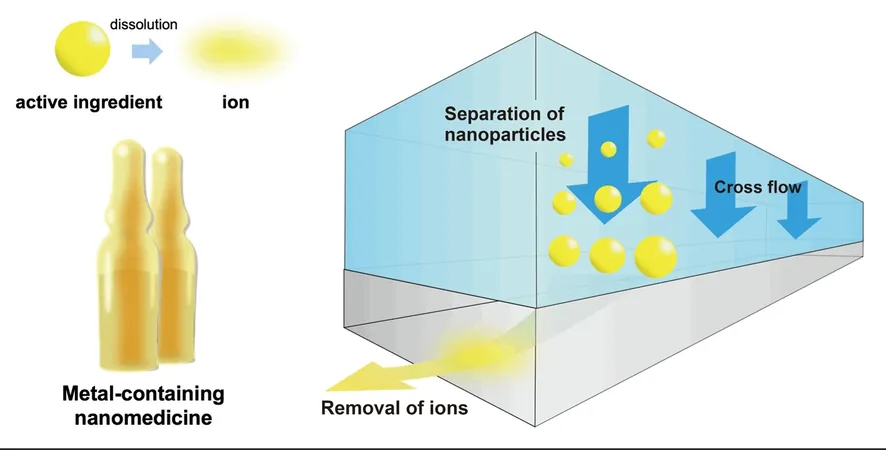
Revolutionary Study Reveals How B-Cell Levels Could Predict MS Progression
2025-05-09
Author: Li
New Insights into Multiple Sclerosis Treatment
A groundbreaking study has unveiled that for patients with relapsing multiple sclerosis (MS) undergoing treatment with Ocrevus (ocrelizumab), the levels of B-cells can serve as a critical predictor for disease progression, regardless of relapse activity.
Understanding Relapsing MS and Its Challenges
Multiple sclerosis, characterized by inflammation that damages brain and spinal cord tissue, affects many individuals through episodes of flare-ups where symptoms suddenly worsen. While some symptoms may recede after a relapse, others can linger or worsen over time, leading to what’s known as relapse-associated worsening. Patients may also deal with gradual progression of symptoms even when flare-ups are not occurring, termed progression independent of relapse activity (PIRA).
The Role of Ocrevus in Managing MS
Ocrevus is widely recognized for its role in targeting and depleting B-cells, immune cells integral to the inflammation seen in MS. The recent study, led by researchers in Germany and published in the Multiple Sclerosis Journal, aimed to explore how differing B-cell levels could predict the risk of PIRA in relapsing MS patients treated with this drug.
Key Findings from the Study
Analyzing data from 148 patients treated with Ocrevus between 2017 and 2023, findings revealed that while 47% showed no evidence of disease activity (NEDA), 17% faced PIRA. Notably, those remaining experienced some disability progression but did not meet criteria for PIRA. Statistical analysis indicated a significant pattern: patients with NEDA had markedly lower B-cell levels compared to those with PIRA or evidence of disease activity.
Age and Disability Levels: Factors in PIRA
Additional analyses revealed that older age, initial disability levels, and longer treatment durations correlated significantly with higher risks of experiencing PIRA. Specifically, for every year a patient aged, their risk increased by 3%, and those with more severe initial disabilities faced a staggering 64% increased risk with each point rise in their EDSS scores.
B-Cell Count: The Game-Changer
The study notably highlighted that insufficient B-cell depletion was the strongest predictor of PIRA. Patients with B-cell counts of 10 cells per microliter of blood or higher stood nearly four times the chance of facing PIRA compared to those with lower counts.
Implications for Future Treatment Strategies
Lower B-cell counts not only showed a link to reduced risk of worsening disability but also suggested that monitoring these cell levels could inform treatment adjustments. The researchers emphasize the importance of closely tracking B-cell levels to potentially revise therapy approaches—whether through higher doses of Ocrevus or shorter intervals between treatments—to enhance patient outcomes.
A Call for More Research
While these findings represent a significant step forward in MS treatment, the researchers caution that further studies across multiple centers are essential to validate these insights. A deeper understanding of B-cell dynamics is crucial for refining treatment strategies and ultimately improving the lives of patients with relapsing MS.





 Brasil (PT)
Brasil (PT)
 Canada (EN)
Canada (EN)
 Chile (ES)
Chile (ES)
 Česko (CS)
Česko (CS)
 대한민국 (KO)
대한민국 (KO)
 España (ES)
España (ES)
 France (FR)
France (FR)
 Hong Kong (EN)
Hong Kong (EN)
 Italia (IT)
Italia (IT)
 日本 (JA)
日本 (JA)
 Magyarország (HU)
Magyarország (HU)
 Norge (NO)
Norge (NO)
 Polska (PL)
Polska (PL)
 Schweiz (DE)
Schweiz (DE)
 Singapore (EN)
Singapore (EN)
 Sverige (SV)
Sverige (SV)
 Suomi (FI)
Suomi (FI)
 Türkiye (TR)
Türkiye (TR)
 الإمارات العربية المتحدة (AR)
الإمارات العربية المتحدة (AR)